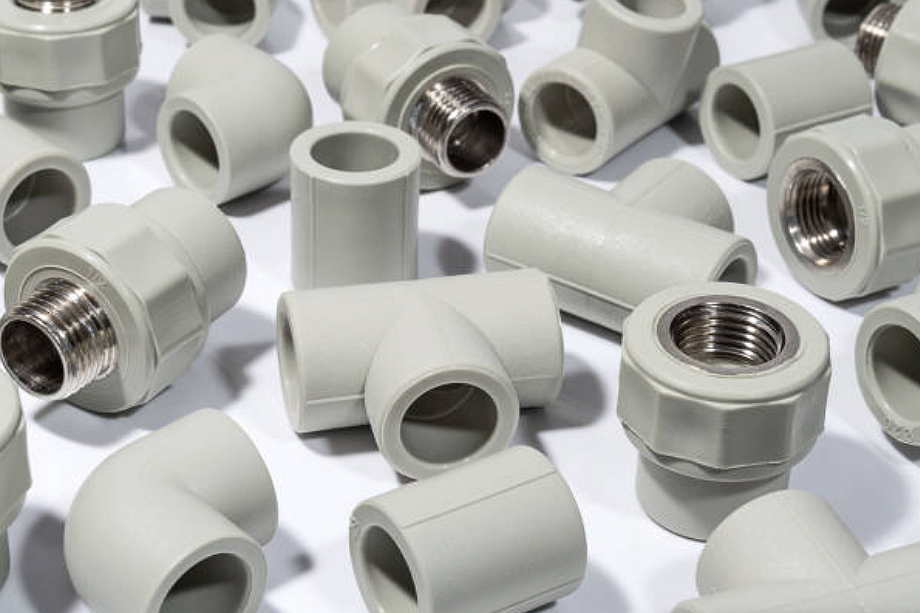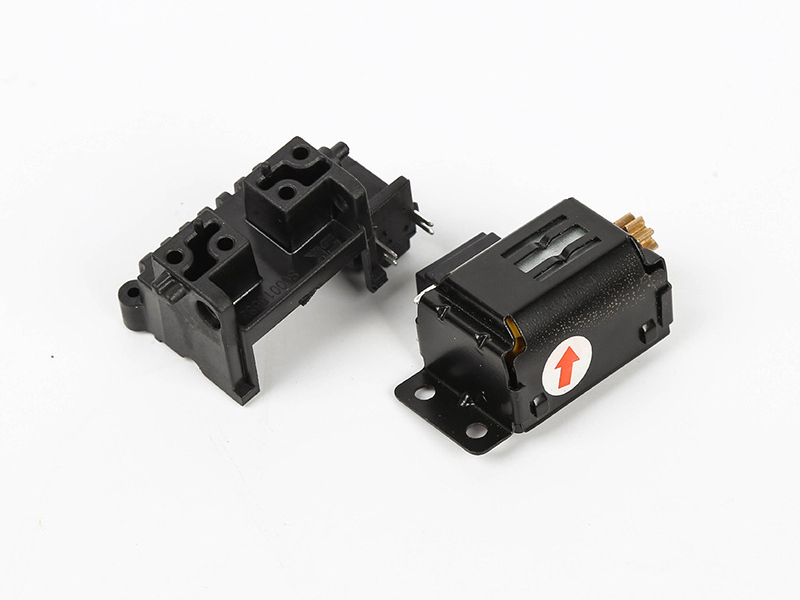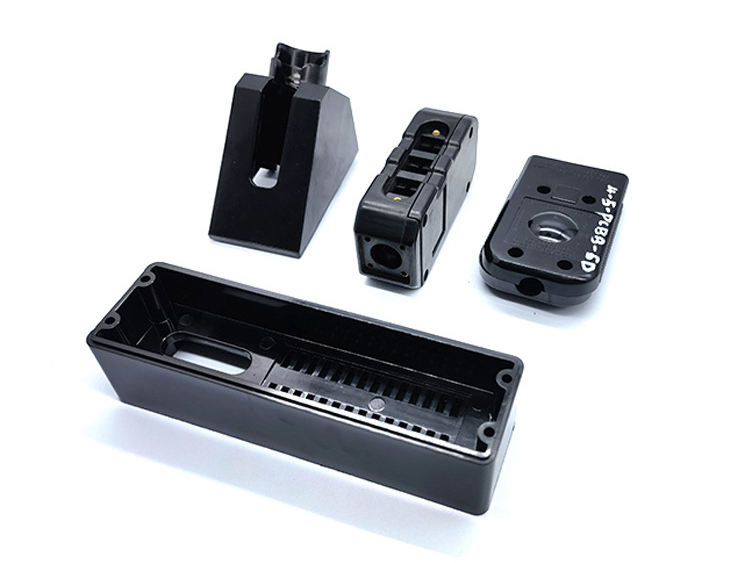What are the common challenges in insert molding, and how can they be resolved?
Material Compatibility Issues
A frequent challenge in insert molding is achieving strong adhesion between dissimilar materials such as metal inserts and plastic resins. Metals expand and contract differently from polymers, creating internal stresses or micro-gaps during cooling. To resolve this, engineers select compatible material pairs, Such as Nylon (PA) or PBT, with brass or stainless steel inserts. Pre-treatments such as sandblasting, PVD coating, or anodizing enhance surface roughness, thereby improving mechanical bonding.
Insert Movement and Misalignment
During injection, high-pressure molten resin can shift or displace inserts, leading to dimensional inaccuracy or part failure. This can be mitigated through precision mold design using CNC machining prototyping for exact insert seating. Magnetic or mechanical positioning fixtures and automated insert-loading systems ensure consistent placement, particularly in high-volume applications such as those for automotive or E-mobility parts.
Thermal Stress and Cracking
Thermal expansion mismatch between metal inserts and plastic can induce stress during cooling, leading to cracking or warping. Selecting materials with similar coefficients of thermal expansion and controlling mold temperature helps maintain structural integrity. Using high-temperature polymers like PEEK or PPS reduces deformation under extreme heat.
Mold Wear and Short Tool Life
Repeated molding cycles with metal inserts can accelerate mold wear, especially at insert cavities. To extend tool life, manufacturers apply hard surface treatments, such as nitriding or chrome plating. These coatings improve surface hardness, prevent galling, and maintain dimensional accuracy throughout prolonged production runs.
Incomplete Fill and Flash Formation
If resin flow is obstructed by the insert, voids, short shots, or flash can occur. Optimizing gate design, injection speed, and venting helps ensure complete cavity filling. Advanced simulation tools and mold flow analysis can accurately predict resin behavior, enabling engineers to adjust parameters before production begins.
Quality Control and Inspection
Due to tight tolerances, insert-molded components require detailed inspection to verify bonding integrity. Neway’s custom parts manufacturing service utilizes non-destructive testing (NDT), dimensional checks, and pull-out strength validation to ensure consistent quality across various industries, including medical devices and consumer electronics.



